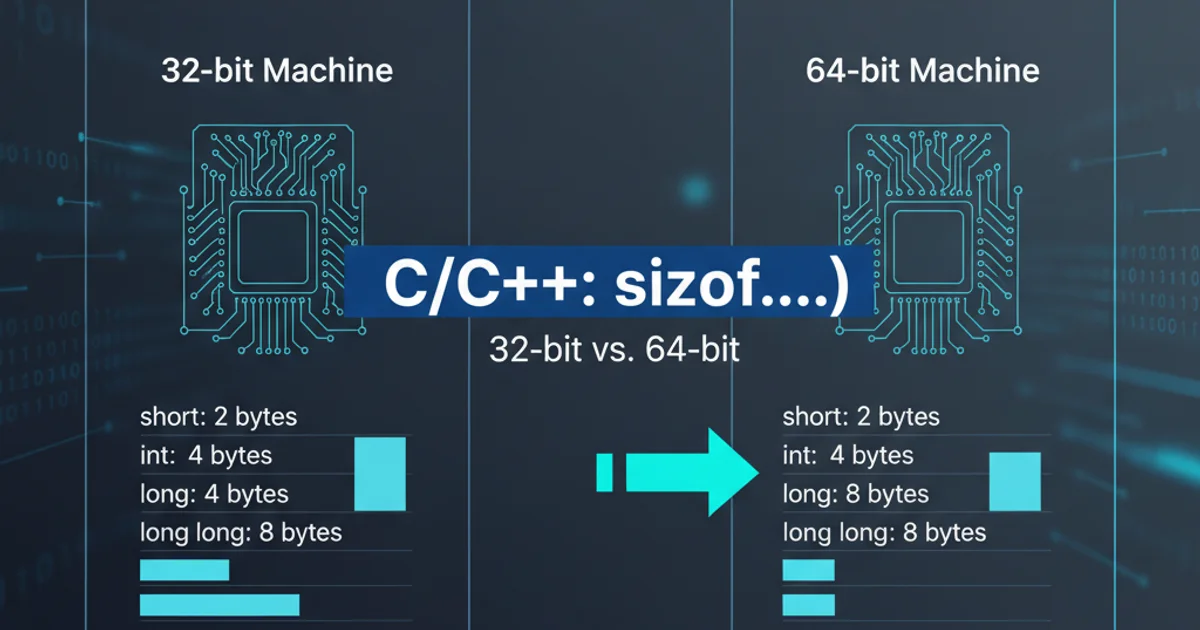Language Processing - Using R or Python?
Categories:
Language Processing: Choosing Between R and Python for NLP Tasks

Explore the strengths and weaknesses of R and Python for Natural Language Processing (NLP), helping you decide which language best suits your project needs and expertise.
Natural Language Processing (NLP) is a rapidly evolving field that enables computers to understand, interpret, and generate human language. When embarking on an NLP project, one of the first critical decisions is choosing the right programming language. R and Python are two of the most popular choices, each offering a rich ecosystem of libraries, tools, and communities. This article will delve into their respective advantages and disadvantages for NLP, guiding you toward an informed decision.
Python's Dominance in NLP
Python has emerged as the de facto standard for many NLP applications, largely due to its simplicity, extensive library support, and strong community backing. Libraries like NLTK, SpaCy, Gensim, and Hugging Face Transformers provide powerful tools for everything from basic text preprocessing to advanced deep learning models. Its integration with machine learning frameworks like TensorFlow and PyTorch further solidifies its position, especially for cutting-edge research and large-scale deployments.
import spacy
# Load English tokenizer, tagger, parser, NER and word vectors
nlp = spacy.load("en_core_web_sm")
text = "Apple is looking at buying U.K. startup for $1 billion."
doc = nlp(text)
# Print named entities
for ent in doc.ents:
print(f"{ent.text} ({ent.label_})")
Example of Named Entity Recognition (NER) using SpaCy in Python.
R's Niche in Text Analysis and Statistics
While Python excels in general-purpose NLP, R maintains a strong presence in statistical text analysis, particularly within academic research, data science, and business intelligence contexts. R's robust statistical capabilities, visualization tools (like ggplot2), and packages such as tm, quanteda, and text2vec make it excellent for tasks like topic modeling, sentiment analysis, and text mining where statistical rigor and detailed reporting are paramount. Its strength lies in exploratory data analysis and generating publication-quality visualizations of text data.
library(quanteda)
text_data <- c(
"R is a language for statistical computing and graphics.",
"Python is widely used for data science and machine learning."
)
# Create a corpus
my_corpus <- corpus(text_data)
# Create a Document-Feature Matrix (DFM)
my_dfm <- dfm(my_corpus, remove_punct = TRUE, remove_numbers = TRUE, remove_symbols = TRUE)
print(my_dfm)
Example of creating a Document-Feature Matrix (DFM) using quanteda in R.
Decision Framework: When to Choose Which
The choice between R and Python for NLP often boils down to your specific project requirements, existing skill set, and the broader ecosystem you operate within. Consider the following factors to make an informed decision:
flowchart TD
A[Start: NLP Project] --> B{Primary Goal?}
B -->|Deep Learning / Production| C[Python]
B -->|Statistical Analysis / Visualization| D[R]
C --> C1[Libraries: SpaCy, Transformers, NLTK]
C --> C2[Ecosystem: TensorFlow, PyTorch, Scikit-learn]
D --> D1[Libraries: quanteda, tm, text2vec]
D --> D2[Ecosystem: Tidyverse, ggplot2]
C1 --> E[Python: Strong for ML/DL, Scalability]
C2 --> E
D1 --> F[R: Strong for Statistical Rigor, EDA, Reporting]
D2 --> F
E --> G[End: Language Chosen]
F --> GDecision flow for choosing between R and Python for NLP tasks.
Python Advantages
- Versatility: Excellent for general-purpose programming, web development, and system integration.
- Deep Learning: Dominant in deep learning frameworks (TensorFlow, PyTorch).
- Scalability: Better suited for large-scale production deployments and complex NLP pipelines.
- Community & Libraries: Larger and more active community, extensive and cutting-edge NLP libraries (SpaCy, Hugging Face).
R Advantages
- Statistical Analysis: Unparalleled for statistical modeling, hypothesis testing, and econometric analysis.
- Data Visualization: Superior data visualization capabilities, especially with
ggplot2. - Exploratory Data Analysis (EDA): Strong tools for interactive and detailed data exploration.
- Reporting: Excellent for generating reports and reproducible research (R Markdown).